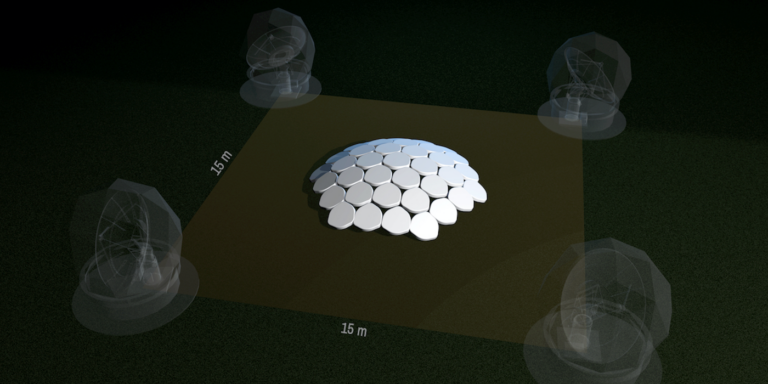Broadband antenna specialist, ThinKom Solutions has revealed a concept for a system of efficient land-based gateways designed to accommodate current and next generation low-Earth-orbit (LEO) and medium-Earth-orbit (MEO) satellite constellations.
The gateway concept, which ThinKom describes as an “array of arrays,” is intended to provide a more effective alternative to the large “antenna farms” of parabolic dishes currently used for support of geostationary (GEO) satellites. The concept is based on ThinKom’s phased-array antenna technology, which is currently in use on more than 1,300 commercial aircraft installations worldwide, with over 10 million hours of operation.
“The proliferation of cubesats, nanosats, microsats and other miniaturised satellites will require a new way of thinking when it comes to gateway antenna technology,” said Bill Milroy, chairman and CTO of ThinKom Solutions. “The answer is not to deploy more and larger dish farms. Instead, we’re proposing an entirely new paradigm that’s designed for the future yet employs currently available proven phased array technology.”
Claimed limitations of dish-based gateways for LEO networks
Current-generation gateways employ large parabolic dishes which, according to the company, are necessarily limited to one link per dish. ThinKom Solutions also says that these dishes are unable to repoint quickly to a different satellite, given their complex drive mechanisms, as well as being large, heavy, expensive to install and maintain, and requiring months to deploy. Such dishes can also be adversely affected by wind, snow, and ice loading and typically require a concrete foundation or reinforcement of roof structures to support the weight and uplift forces of several thousand kilograms that can result from even moderate wind conditions. These multi-dish gateway sites must also allow for sufficient separation in order to avoid dish-to-dish blockages, often requiring a large area of land.
An array of arrays
ThinKom’s approach uses multiple, tightly arranged, phased-array antennas, which are combined coherently and reconfigurably. The antenna units work together to track multiple LEO, MEO and GEO satellites simultaneously with look angles between 5° and 90° in elevation and full 360° coverage in azimuth. The software-defined system is reconfigurable in that a single array is capable of supporting multiple links, modifying the number of beams and radiation properties dynamically to meet the link budget and throughput demands of the number of satellites in view. This operation is carried out without the high-power consumption of electronically scanned arrays, which is an important benefit for areas that rely on solar power or are otherwise energy-constrained due to geographic location.
The array, to be initially deployed in S and X-band operation (with higher frequencies brought on line as the market demands), is constructed in a fixed convex shape in order to provide maximum low-elevation coverage and minimise signal blockage while promoting the shedding of rain and snow. The visual signature of an array is less than 2m-tall, serving to eliminate the effects of high wind conditions and the footprint for a typical array (equivalent to eight 2.4m dishes or three 4.5m dishes or any mixed combination) occupies less than seven square meters, enabling flexible deployment in areas with limited real estate, such as rooftop locations.
“This radical new gateway concept is inherently flexible and scalable with far lower installation and maintenance costs,” said Milroy. “The low power and built-in redundancy provide greater reliability without routine maintenance, and individual units are hot-swappable in order to minimise or even eliminate downtime.”
“Most importantly, we’re not out to reinvent the wheel. This solution uses our patented, proven phased-array antenna technology that is in service today, minimising R&D and time-to-market,” Milroy added.





